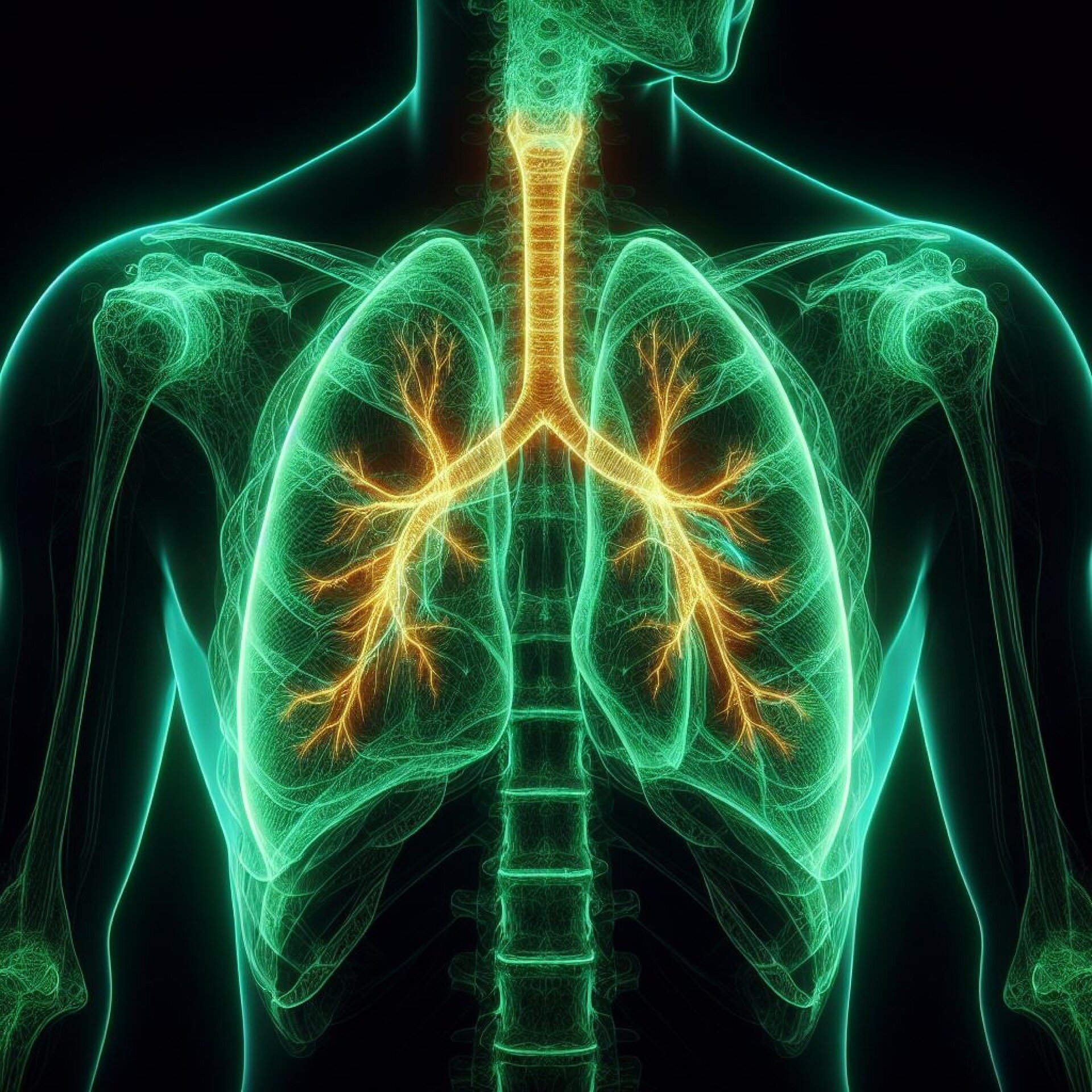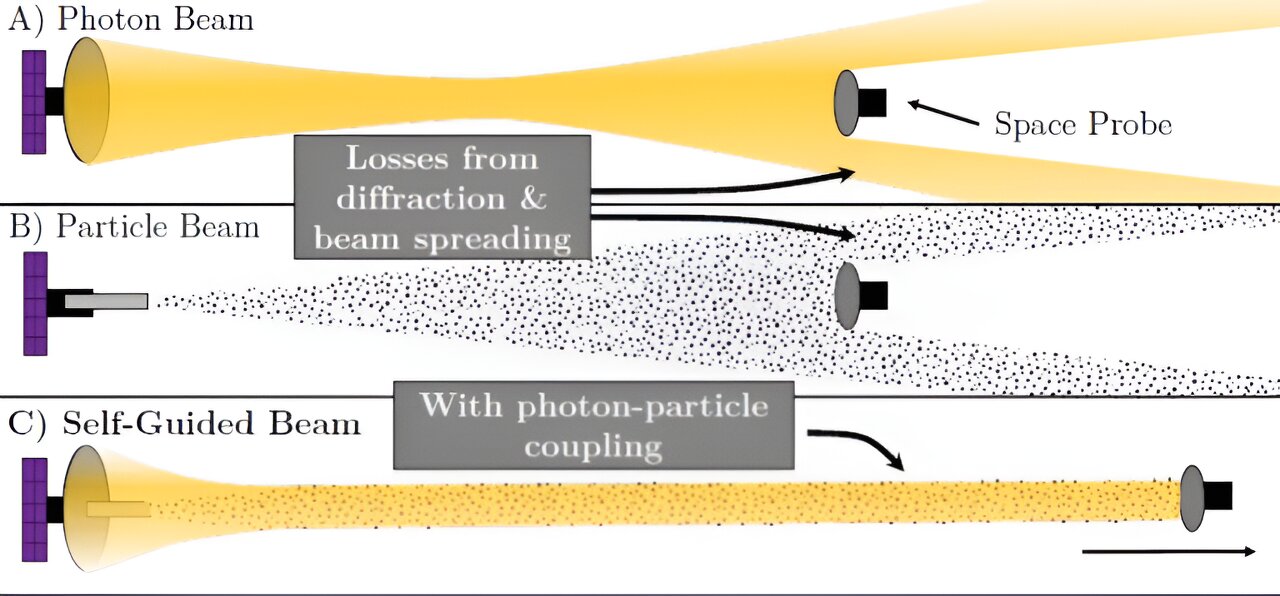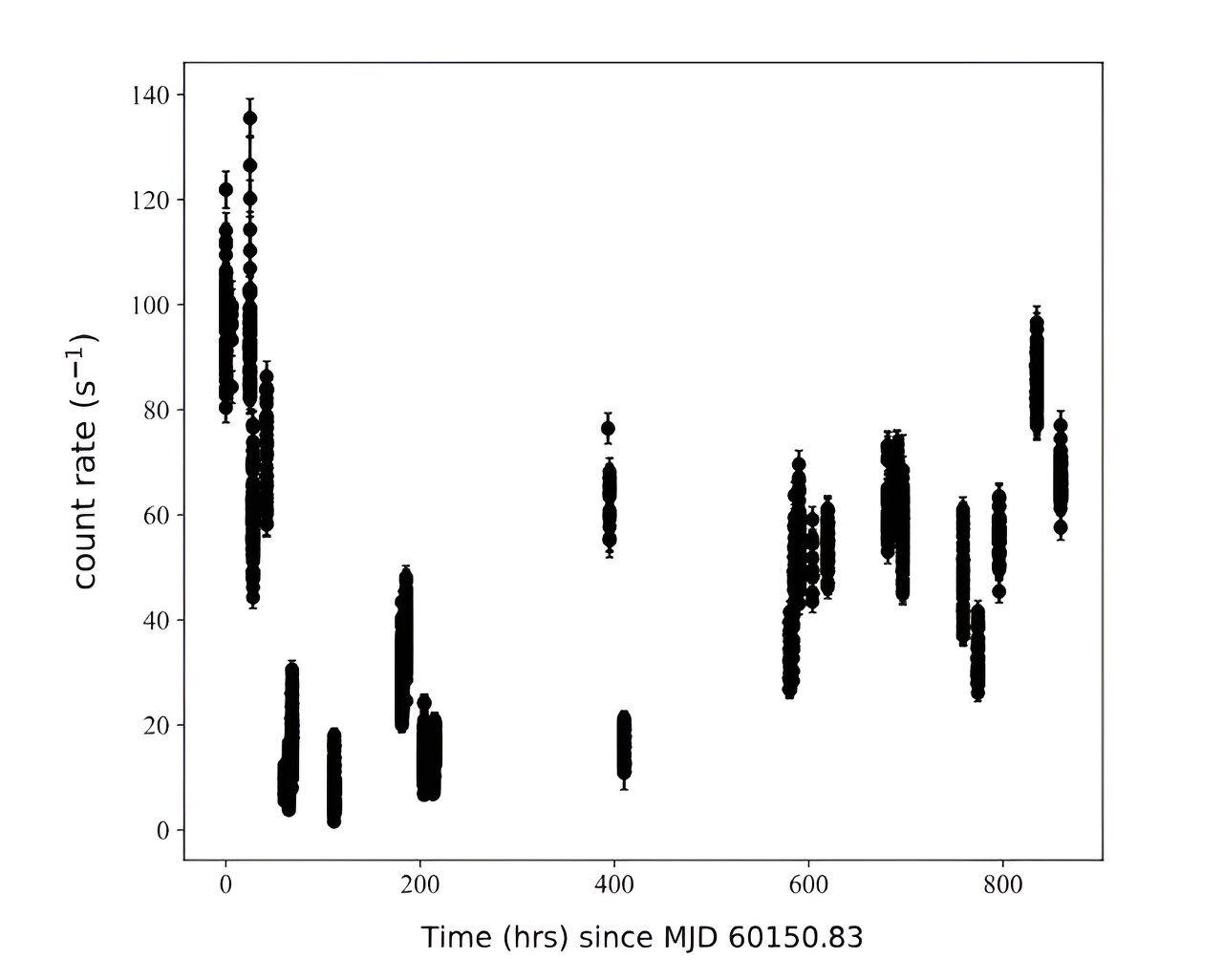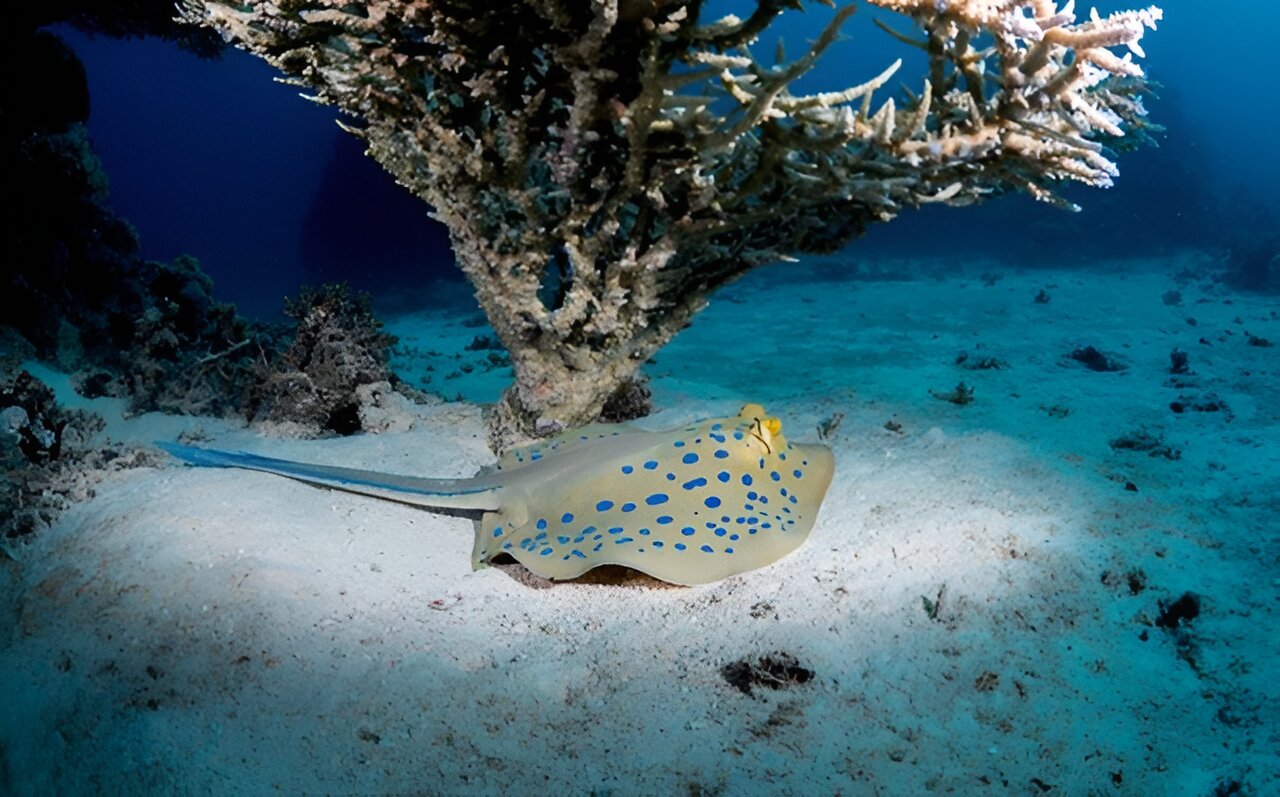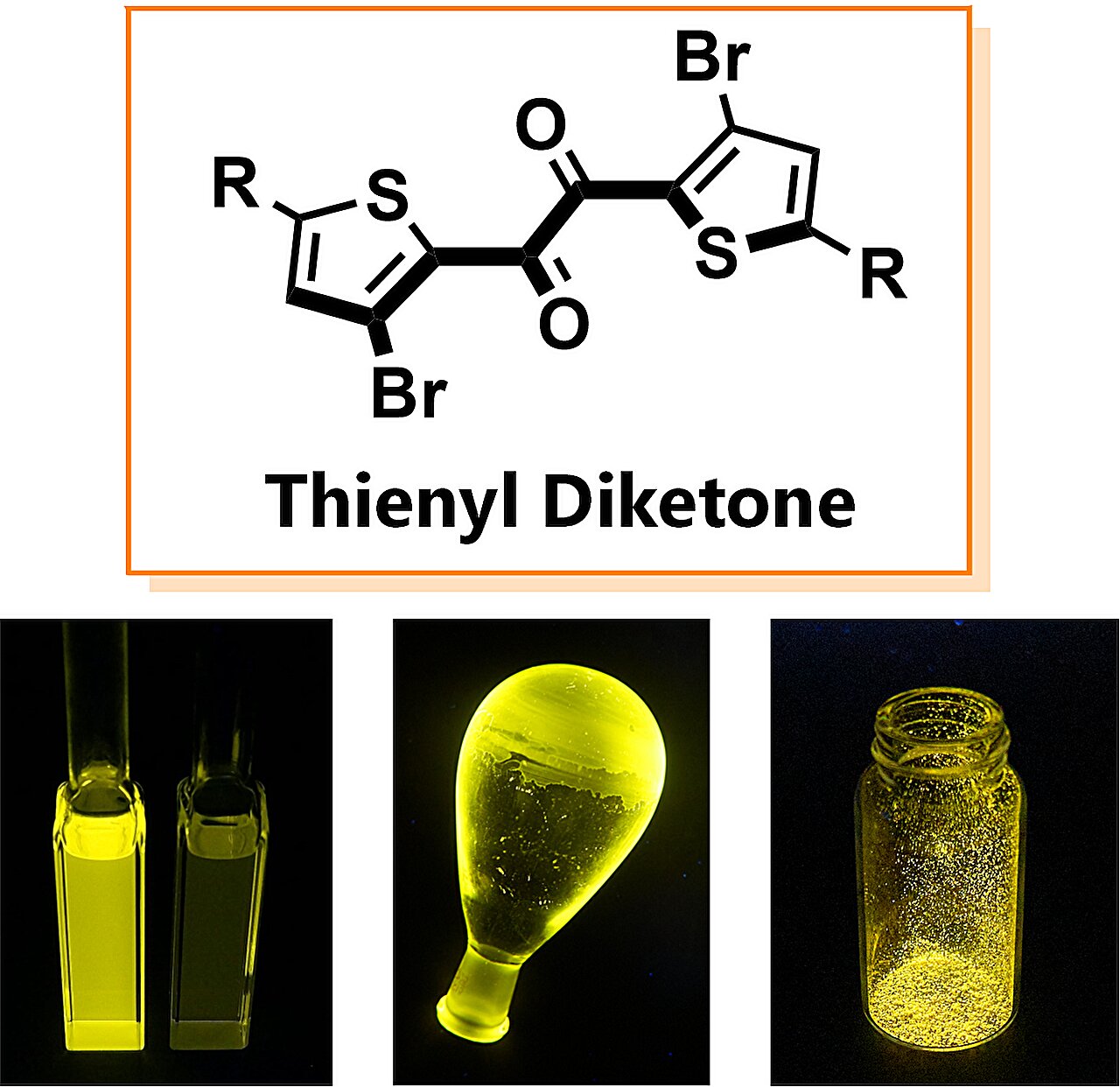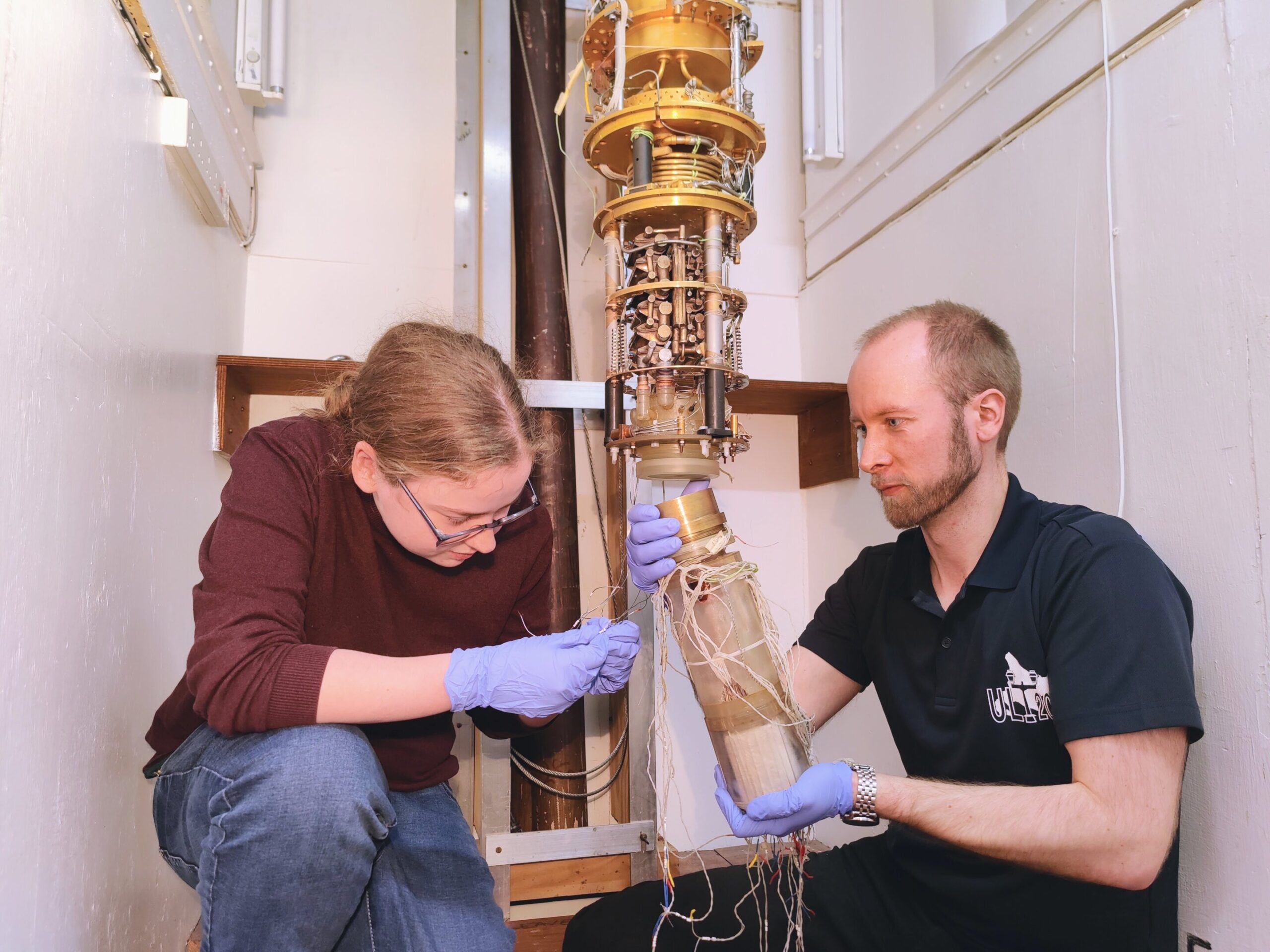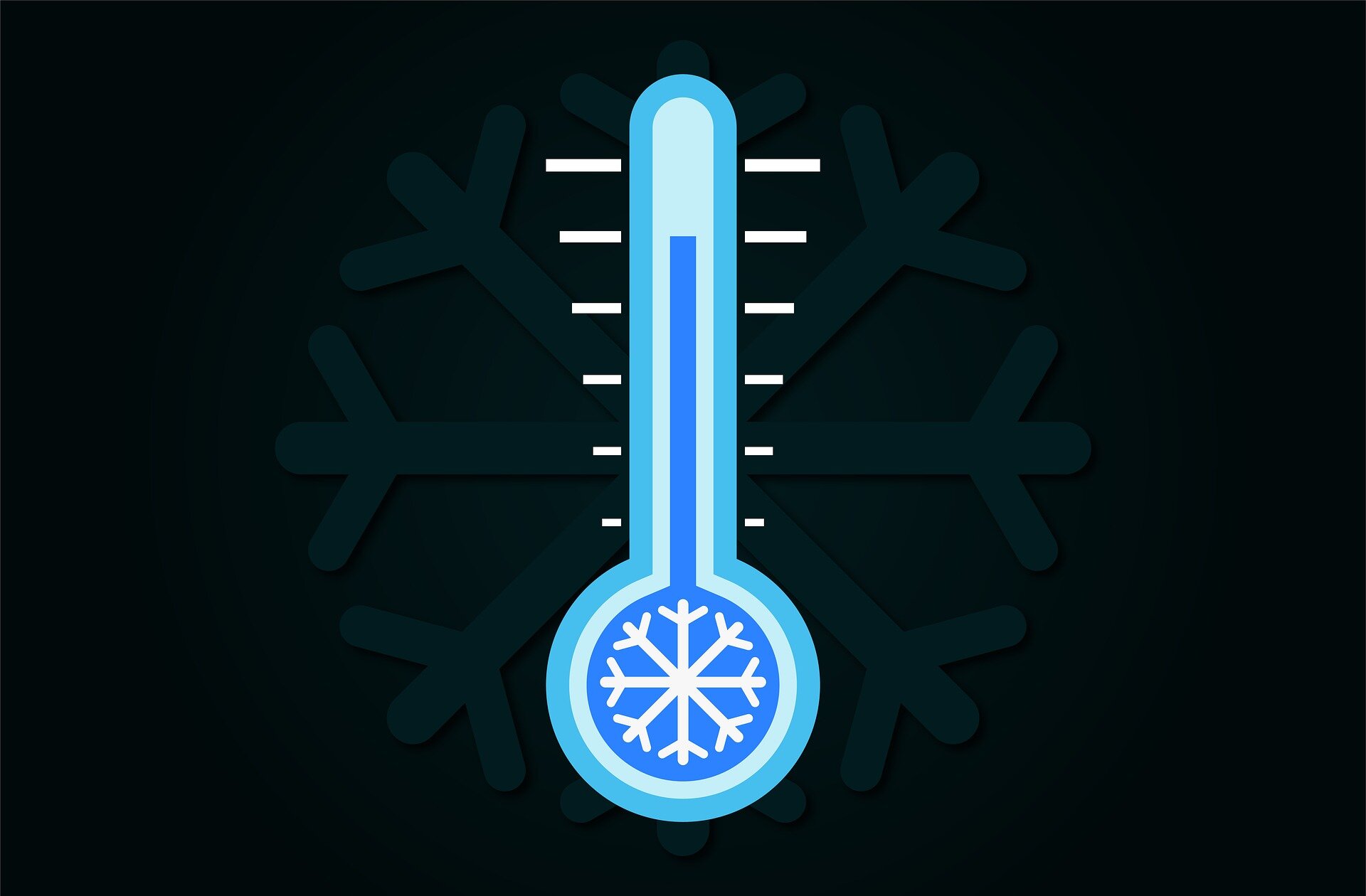Study reveals rapid evolution and global spread of Pseudomonas aeruginosa
Source: Pixabay/CC0 Public Domain Pseudomonas aeruginosa, an environmental bacterium that can cause devastating multi-drug-resistant infections, particularly in people with underlying lung conditions, has rapidly evolved and subsequently spread across the globe over the past 200 years, likely driven by changes in human behavior, a new study finds. The work appears in the magazine Science. P. … Read more
